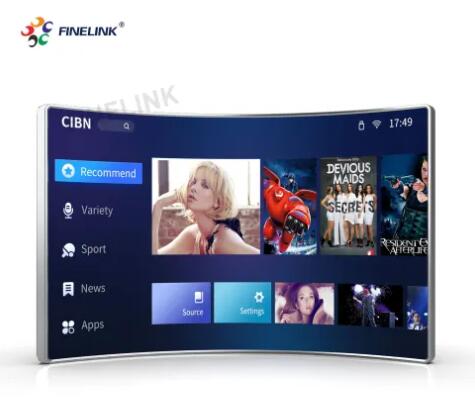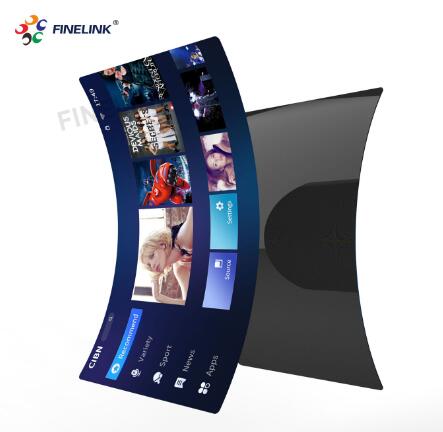Panel Touch: An Introduction to the Technology
As technology continues to evolve, touch screen displays have become an integral part of modern devices, including smartphones, tablets, and laptops. With panel touch, users can interact with their devices using their fingers, allowing for a more intuitive and natural user experience. In this article, we will explore what panel touch is and how it works.
What is Panel Touch?
Panel touch refers to the technology that allows a user to interact with a device by touching a flat panel display. The display is made up of layers of material, including a conductive layer, that work together to detect and respond to touch.
There are several types of panel touch technology, including resistive, capacitive, and infrared. Each of these technologies has its own unique characteristics and advantages.
Resistive Panel Touch
Resistive panel touch technology works by applying pressure to the surface of the display. The display is made up of two layers of conductive material that are separated by a small gap. When pressure is applied to the surface, the two layers come into contact, completing an electrical circuit. This signal is then sent to the device's processor, which interprets the touch and responds accordingly.
One of the advantages of resistive panel touch is that it can be used with any object, including a stylus or gloved finger. However, it is not as sensitive as other touch technologies and can be prone to wear and tear.
Capacitive Panel Touch
Capacitive panel touch technology uses a different approach to detect touch. The display is made up of a layer of conductive material, typically indium tin oxide (ITO), that is coated with a thin layer of non-conductive material, such as glass. When a user touches the surface of the display, it disrupts the electric field, and the device's processor detects the change in capacitance.
Capacitive panel touch is more sensitive than resistive technology and can detect multiple touches at the same time. However, it requires a conductive object, such as a finger, to activate the touch screen.
Infrared Panel Touch
Infrared panel touch technology uses an array of infrared sensors to detect touch. The display emits infrared light across the surface, and when a user touches the display, it interrupts the infrared beams, and the sensors detect the interruption. This information is then sent to the device's processor, which interprets the touch and responds accordingly.
Infrared panel touch is very accurate and can detect even the smallest touch. However, it requires a clear line of sight between the display and the user's finger, which can be an issue in some environments.
Applications of Panel Touch
Panel touch technology is used in a wide range of devices, including smartphones, tablets, laptops, and desktop monitors. It has revolutionized the way we interact with technology, providing a more intuitive and natural user experience.
In addition to consumer devices, panel touch technology is also used in a variety of industrial and commercial applications. For example, it is used in ATMs, point-of-sale terminals, and kiosks. Panel touch can also be found in medical devices, such as patient monitoring systems and surgical equipment.
Conclusion
Panel touch technology has transformed the way we interact with technology, providing a more intuitive and natural user experience. Whether you are using a smartphone, tablet, or laptop, panel touch allows you to navigate and interact with your device using your fingers. With several types of panel touch technology available, including resistive, capacitive, and infrared, there is a touch technology that is right for every application. We are a panel touch supplier. If you are interested in our products, please contact us now!
218
0
0
All Comments (0)
Previous: The Benefits and Uses of Electric Heating Pads: A Comprehensive Guide
Next: None
If you are interested in sending in a Guest Blogger Submission,welcome to write for us!






Comments